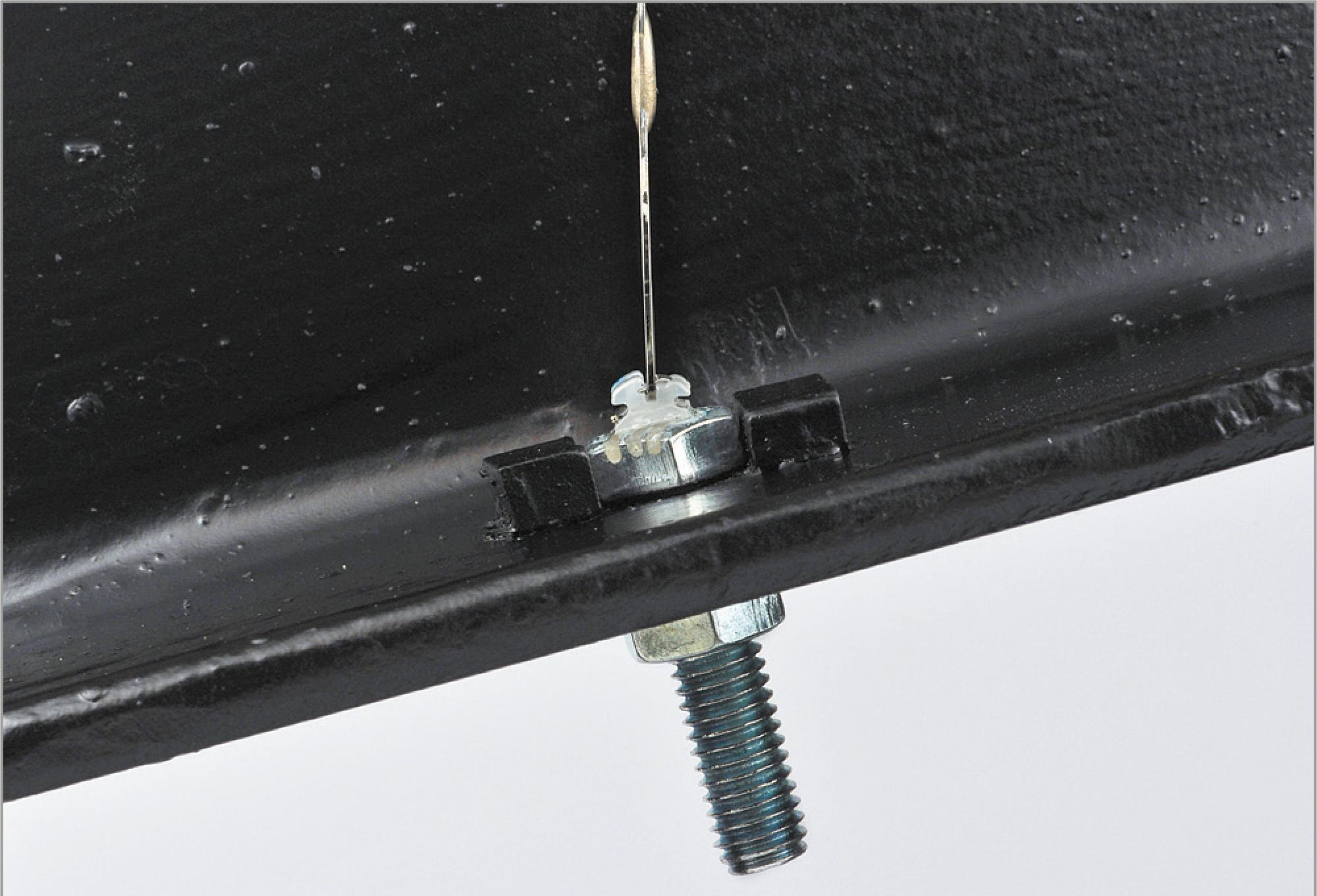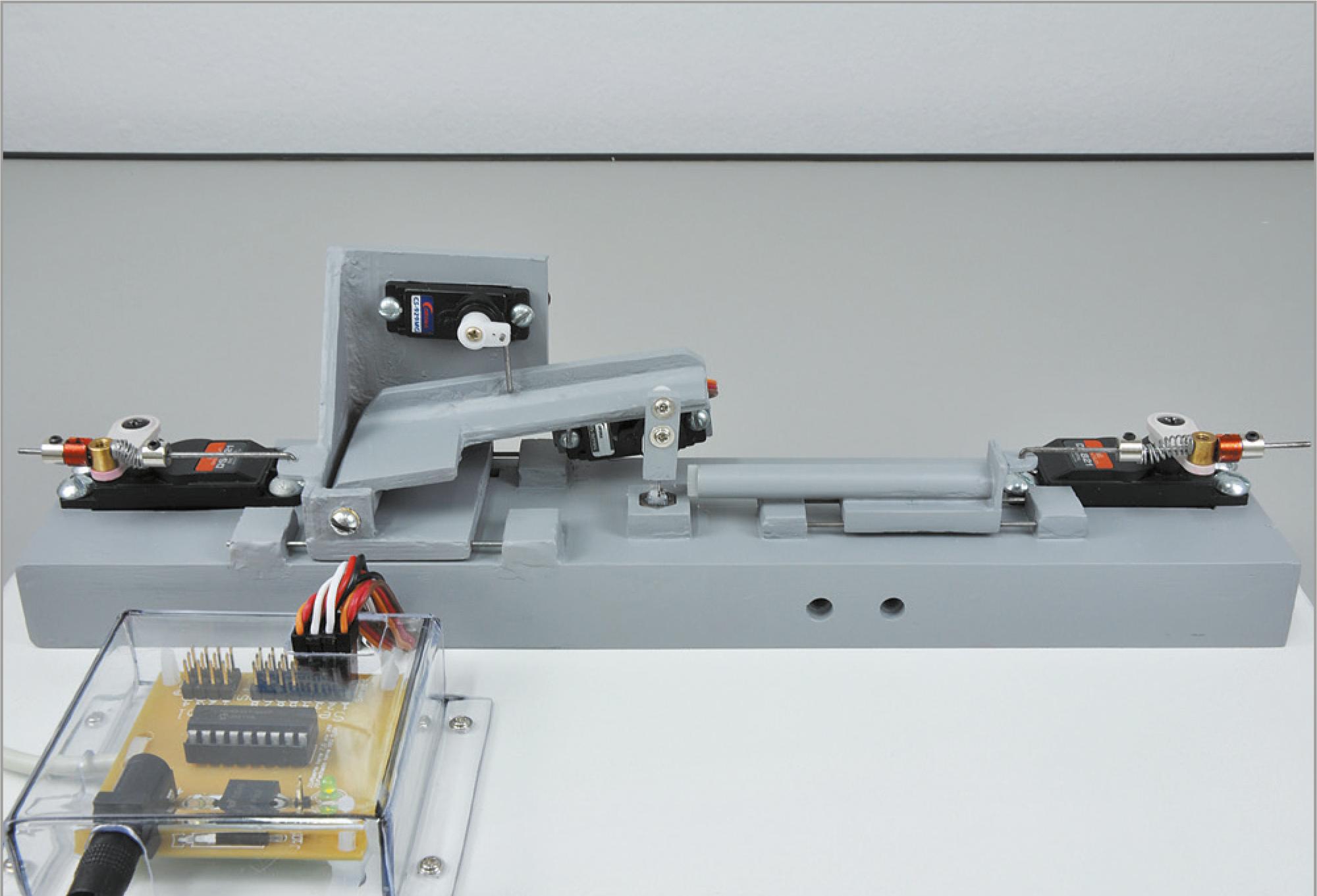OBJECTIVE:
The aim of this study was to assess whether repetitive opening and closure of self-ligating bracket clips can cause plastic deformation of the clip.
METHODS:
Three types of active/interactive ceramic self-ligating brackets (n = 20) were tested: In-Ovation C, Quicklear and WOW. A standardized controlled device performed 500 cycles of opening and closure movements of the bracket clip with proper instruments and techniques adapted as recommended by the manufacturer of each bracket type. Two tensile tests, one before and one after the repetitive cycles, were performed to assess the stiffness of the clips. To this end, a custom-made stainless steel 0.40 x 0.40 mm wire was inserted into the bracket slot and adapted to the universal testing machine (EMIC DL2000), after which measurements were recorded. On the loading portion of the loading-unloading curve of clips, the slope fitted a first-degree equation curve to determine the stiffness/deflection rate of the clip.
RESULTS:
The results of plastic deformation showed no significant difference among bracket types before and after the 500 cycles of opening and closure (p = 0.811). There were significant differences on stiffness among the three types of brackets (p = 0.005). The WOW bracket had higher mean values, whereas Quicklear bracket had lower values, regardless of the opening/closure cycle.
CONCLUSION:
Repetitive controlled opening and closure movements of the clip did not alter stiffness or cause plastic deformation.
Orthodontic brackets; Biomechanics; Fatigue; Laboratory automation





